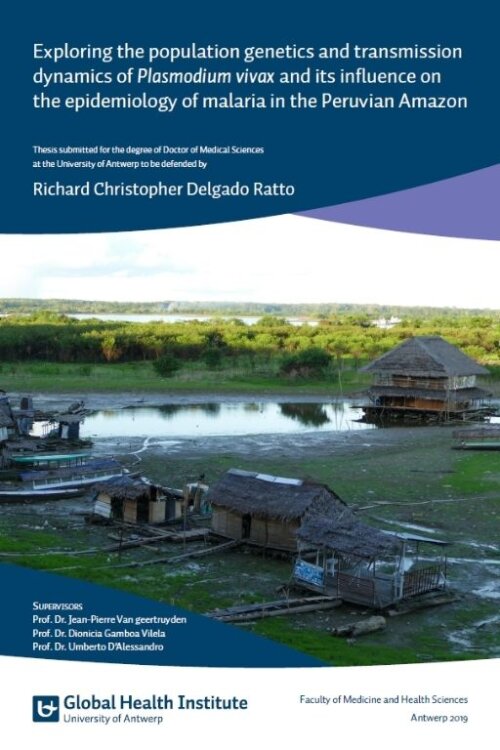Exploring the genetics and dynamics of Plasmodiun vivax populations and its influence on the epidemiology of malaria in the Peruvian Amazon
Project summary

Malaria vivax is threatens around 40% of the population worlwide. In South America, despite the efforts to eradicate malaria, a high rate of asymptomatic cases (due to the development of clinical immunity) which represents a risk for malaria transmission has been reported. In addition, a high rate of recurrences after the only available treatment against Plasmodium vivax liver forms (primaquine + chloroquine) and chloroquine drug resistant strains have been reported. The genetic diversity and the population structure of malaria parasites may influence the development of immunity and the spread of drug resistance. Therefore, genetic studies of parasites contribute on the generation of efficient control policies. In the present study, we aim to investigate, for the very first time, the influence of the genetic diversity and dynamics of P. vivax on the development of clinical immunity and spread of drug resistance within different villages in the Peruvian Amazon. This is essential to achieve control and elimination. We'll analyze, at the community level, the genetic diversity, population structure and population dynamics of P. vivax parasites sampled over two years of within a large cohort of patients distributed in 20 villages in the Peruvian Amazon. The detection and analysis of individual and spatio-temporal dynamics will not only provide a greater understanding of the genetic diversity, but also P. vivax prevalence, incidence and parasite transmission and migration. We will look for specific parasite genetic characteristics associations with epidemiological variables like age, symptoms, clusters, gender, seasonal malaria transmission, parasite load and others. The knowledge gained from the study of the genetics population will be useful to understand main epidemiological questions on:
- The development of host immune responses,
- The and spread of drug resistant P. vivax,
- The likelihood of successful elimination within a given region and,
- A consensus about the markers number to be used to assess the genetic diversity in a given of P. vivax population.
The impact of our results may have major importance not only for the Peruvian policy maker but also worldwide.